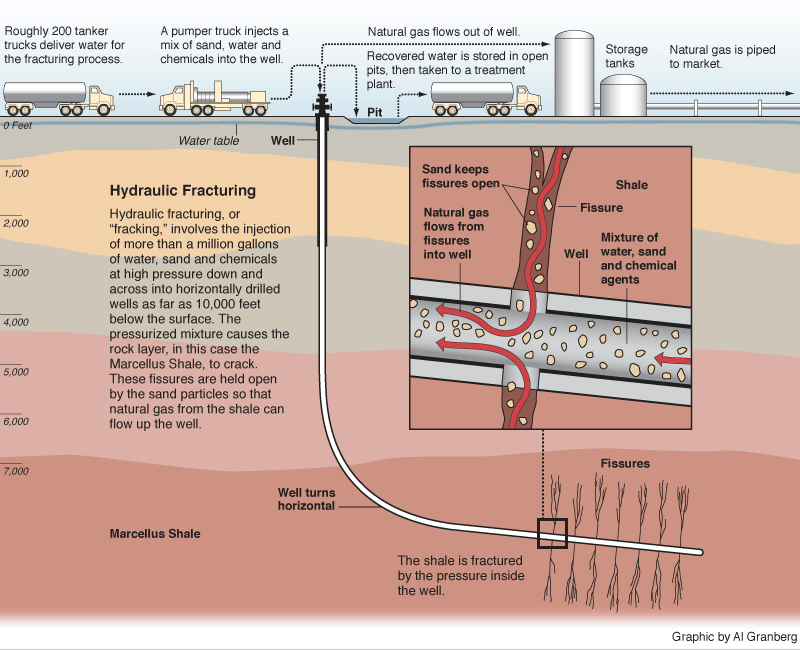The United Nations Framework Convention on Climate Change (UNFCCC) calls for setting a 2℃ or even lower target to avoid dangerous climate change, which needs to stabilize atmospheric greenhouse gas concentration in certain level. According to recent released The Emissions Gap Report 2012 [1], "Current global emissions are already considerably higher than the emissions level consistent with the 2℃ target in 2020 and are still growing.". Indeed, current global gas emission are estimated at 50.1 GtCO2e, which is 14% higher than the emission level in 2020 with a likely (>66%) chance to achieve 2 degree target [1]. It implies that stricter action and country pledges should be carried out immediately, or "net negative emissions", i.e., more greenhouse gases are removed than emitted ― should be achieved.
In previous posts, I've talked about some basic ideas about CCS and biomass energy(1,2), and now why not combining these two mitigation strategies to create a greater effect in terms of emission reduction. Here comes the BioCCS (or BECCS) ― the combination of CO2 Capture and Storage (CCS) with bioenergy production ― a process can reach a net removal of CO2 from the atmosphere [2]. The critical step towards carbon negativity is that after we extract the oil from biomass stock, if we can trap and store the residue for good then it won't decompose and return CO2 to the atmosphere. In this way, more CO2 is removed than the biofuel burns and emits [3]. In fact, recent scenario surveyed in the IPCC Special Report on Renewable Energy Sources and Climate Mitigation indicate that BioCCS may become a feasible medium-term mitigation option[4].
source: International Energy Agency
References
1. The Emissions Gap Report 2012 , UNEP, 2012. http://www.unep.org/publications/ebooks/emissionsgap2012/
2. Biomass with CO2 capture and storage (Bio-CCS)-The way forward for Europe, ZEP & EBTP, 2012.
http://www.zeroemissionsplatform.eu/library/publication/206-biomass-with-co2-capture-and-storage-bio-ccs-the-way-forward-for-europe.html
3. The feasibility of low CO2concentration targets and the role of bio-energy with carbon capture
and storage (BECCS), Azar et al., Climatic Change, 2010.
DOI 10.1007/s10584-010-9832-7
4.IPCC Special Report on Renewable Energy Sources and Climate Mitigation, IPCC, 2011.
http://srren.ipcc-wg3.de/report













